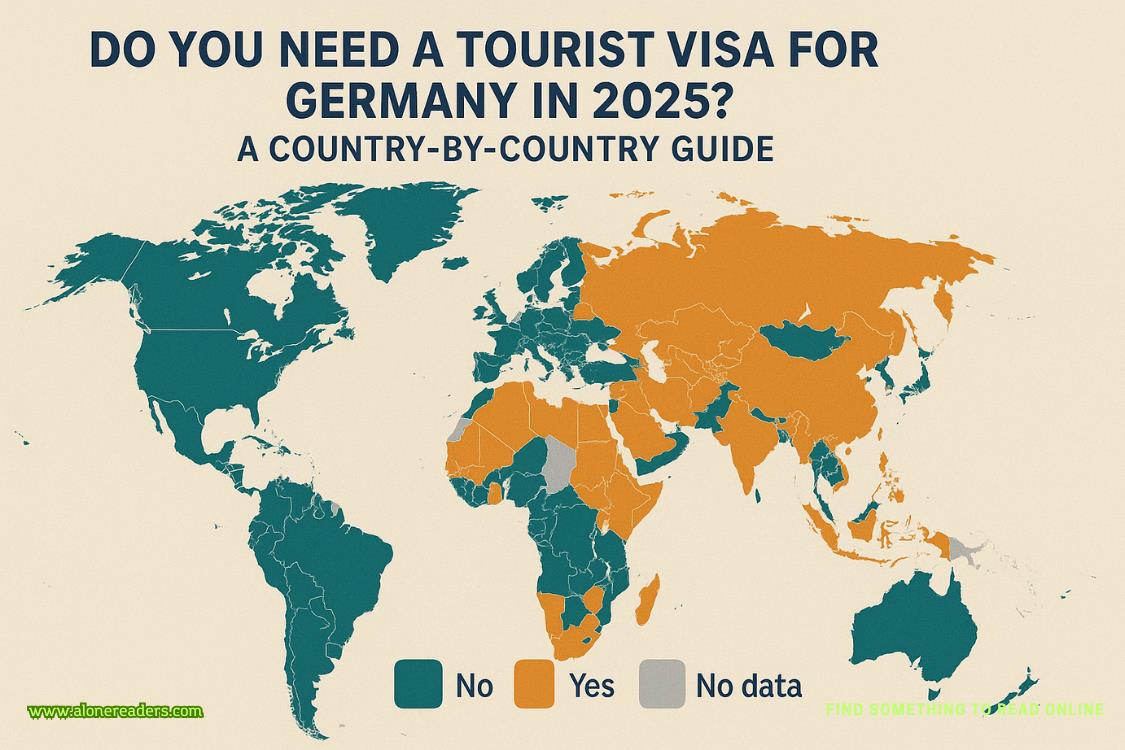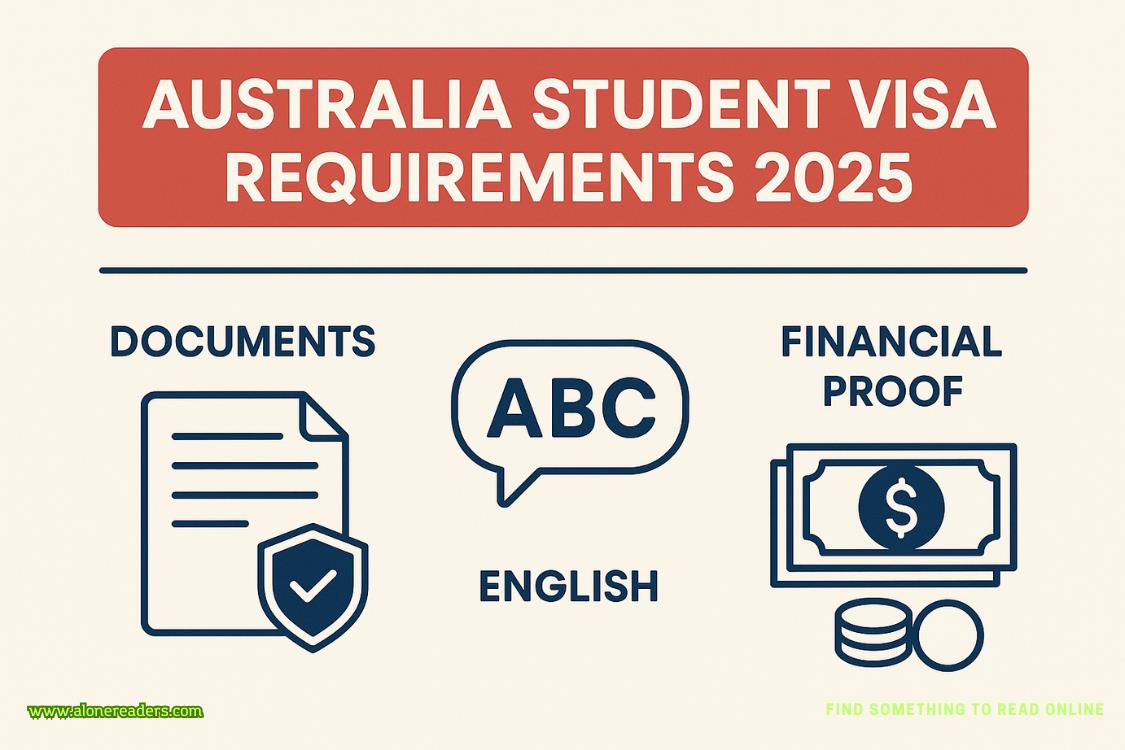Page 16 of Badlands
“I’ve activated the NamUs copilot,” Corrie said, “and now—since our search is sort of vague—I’m making sure it has all the records and parameters it needs before we unleash it.”
“‘Copilot.’ Oh God—this isn’t Microsoft’s new Clippy, is it?”
Corrie couldn’t help but chuckle at this reference to the software company’s awful attempt, years ago, at creating an on-screen “helper.” “No. In fact,copilotis just a Microsoft marketing term I’m using generically.”
“I’ve heard the proselytizing, but do these AI tools work? How can you be confident they understand what you’re asking?”
“Watch and learn,” Corrie said. Then—realizing that sounded a little saucy—she quickly added: “If you make sure your search terms are wide enough, and the data pool is large enough, then the AI can do what it does best: encode your request contextually, whittle away the extraneous information and background noise, and build a, um, vector database.”
“I was just going to suggest that,” said Sharp, bemused.
She realized that, in her haste, she was slinging a lot of terms about. “It’s been trained to search these databases like a human would, making educated guesses, ignoring extraneous information, looking for patterns, and, in a weird way, acting on hunches.”
“A computer can have hunches?”
“Sort of. A human hunch usually comes from combining past experiences to make a best guess. AI does the same thing. It offers up a string of best guesses—except it’s already chewed throughmore databases than we could in several lifetimes, which gives it ‘experience’ we could never match.”
She began a dialogue with the AI interface:
;:: Are the search parameters I entered properly formatted?
;:: Yes.
;:: Can the LLM process the records without further context?
;:: Yes.
;:: I need a missing person process run, using the given arguments, least degree of accuracy. Save as a flat file in plaintext format.
The cursor returned to its former blinking state. “Are you talking to it?” Sharp said.
“Actually, that’s exactly what I’m doing. They call it ‘prompt engineering’—using natural-language comments and corrections to lead the AI to a desired result.”
A response came back on the screen:
;:: Search complete. 712,559 records saved to 0001.txt
“Aren’t you going in the wrong direction?” Sharp asked.
“I’m just getting it warmed up, so to speak. Now we can start refining the search. The text-to-text model produces increasingly relevant answers each time you instruct it.”
Another brief conversation:
;:: Perform the same run with greatest degree ofaccuracy
;:: Search complete. 13,442 records saved to 0002.txt
“Notice how close that result is to the one I got when I tried the normal NamUs search?”
“It’s smaller by 1,500 people—which, I hope, means greater precision.”
“If not, we can always blame technology, right?”
“Work it down to a manageable number, and I’ll upgrade your pool vehicle to a Lincoln Navigator.”
Corrie thought a moment. “We’ve already given it most of the info we know for sure. That means any of those thirteen thousand, four hundred forty-two records might be our target. There’s no way around that. But we can start adding ourownguesses and hunches. Like containing the search to the Southwest, tossing in the possibility that the target was once a model or actress—that sort of thing. Or people who majored in Southwestern archaeology, or have advanced degrees in the subject. They might have knowledge about those lightning stones from studying ancestral Pueblo archaeology.”
“I see where you’re going. How about throwing in Indian Affairs personnel, collectors, and antiquities dealers?”















